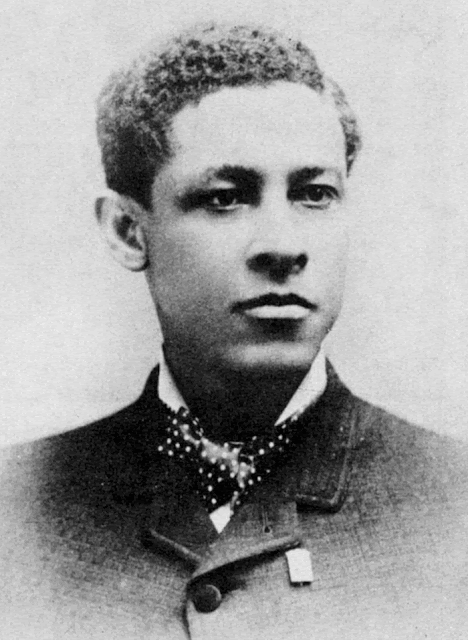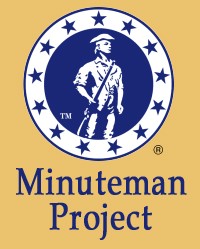Ella Fitzgerald is
regarded by many as the greatest female
singer of the 20th Century and
there is plenty of competition. Her career
spanned decades from a novelty song specialist as a teenager to the undisputed First Lady of Song. She sang with big bands, invented scat
singing, moved seamlessly to jazz
improvisation in the bebop era, and reinterpreted the canon of the Great American Songbook introducing generations to popular music as an art form and preserving classics that otherwise might have faded from memory.
Fitzgerald was born on April 25, 1917, in Newport News, Virginia, but moved to Yonkers,
New York with her mother and Portuguese-born stepfather in the early
20’s. After her mother was killed in an auto accident when she was 15 she left her stepfather’s home
quickly and moved to live with an aunt in Harlem. Most biographers
believe she had been physically
or sexually abused.
Despite being an excellent
student in Yonkers, Fitzgerald began skipping
school and hanging with a rough
street crowd. She was soon acting as
a lookout for a bordello and ran numbers for a Mafia game, a common job
in Harlem. Arrested, she was placed in the Colored Orphan Asylum in the Bronx
and then at the New York Training School
for Girls in upstate Hudson. She may have again been abused there and escaped four times and was sometimes homeless back in Harlem.
A virtual street
urchin with all of the predatory
dangers that involves, Fitzgerald
began busking on the streets dancing and imitating the jazz records
she heard of Louis Armstrong, Bing Crosby, and The Boswell Sisters. Her
first break came on November 4, 1934
when she unexpectedly won one of the
earliest of the Apollo Theater Amateur
Nights. She got the $25 prize—which must have seemed like a
fortune—but not the promised week-long booking at the theater
because of her threadbare appearance.
But the following January she did sing for a week with the Tiny Bradshaw band at the Harlem Opera House. Then she was picked up by drummer Chick Webb’s
big band despite his reservations
about her “scarecrow appearance.” She became a favorite with the band in its famous appearances at the Savoy Ballroom which were broadcast on radio. She recorded several sides with the band and
was highly regarded by her fellow musicians.
Fitzgerald already had a mid-level hit with (If You Can’t Sing It) You’ll Have to Swing
It (Mr. Paganini) when a ditty she co-wrote, A-Tisket, A-Tasket became
a smash and introduced her for the
first time to wide White audiences. That
was something of a mixed blessing—all
they wanted to hear from the “little
girl” were novelty songs. Eventually it got her in movies with cameo appearances like in Abbot
and Costello’s Ride
‘em Cowboy in 1942.
But Ella was working,
touring, recording, and most importantly no longer hungry or tattered. When Webb died in 1938 Fitzgerald took over the band, which was re-named Ella’s
Famous Orchestra—almost unheard of for a girl singer and a recognition
of her serious musical chops. With
and without Webb Ella and that band laid
down almost 150 sides before the
band dissolved in 1942 when many
members went into the service. Ella easily established a solo career recording at Decca and gaining critical attention with her regular appearances with the prestigious Jazz at the Philharmonic concerts.
With the demise
of big band swing after World War II Fitzgerald adapted seamlessly to the new bebop sound. Working frequently with Dizzy Gillespie she was credited with inventing scat singing—nonsense syllables improvised around
the melody. It was her way of doing as a vocalist the riffs the other musicians were inventing on the spot. “I just wanted to do what I heard the horns playing,” she said.
In 1955 with Bop fading in popularity, Fitzgerald shifted
gears again when she signed with Verve
Records produced by Jazz at the
Philharmonic impresario Norman Ganz. Beginning with Ella Fitzgerald Sings the Cole
Porter Song Book together they produced a string of landmark albums featuring what came to
be known as The Great American Songbook. Those highly regarded albums which have never gone out of issue are regarded by
many as defining the canon of 20th Century popular song.
From the ’50 up to the early ‘90’s Fitzgerald toured widely in the U.S., Europe, and Asia performing solo
concerts and collaborations with
most of the leading bands and her singing peers as well as appearances with symphony orchestras. She also made many television appearances as guest
star or in her own specials. She continued to record, including two Christmas albums that rate with those
of Bing Crosby, Perry Como,
Frank Sinatra, and Johnny Mathis
as indispensible holiday classics.
In her later years Fitzgerald was plagued by health issues—obesity,
diabetes, and repertory failure—which only slowed her down a little. When
diabetes cost her amputation of both legs below the knee in 1993 and impaired her
eyesight, she continued to perform
from a seat on stage.
She died in her Beverly
Hills home attended by her adopted
son Ray Brown Jr. and granddaughter
Alice on June 15, 1996 at the age of 79.


.jpg)

%20(1).jpg)
.jpg)



.jpg)






.jpg)






